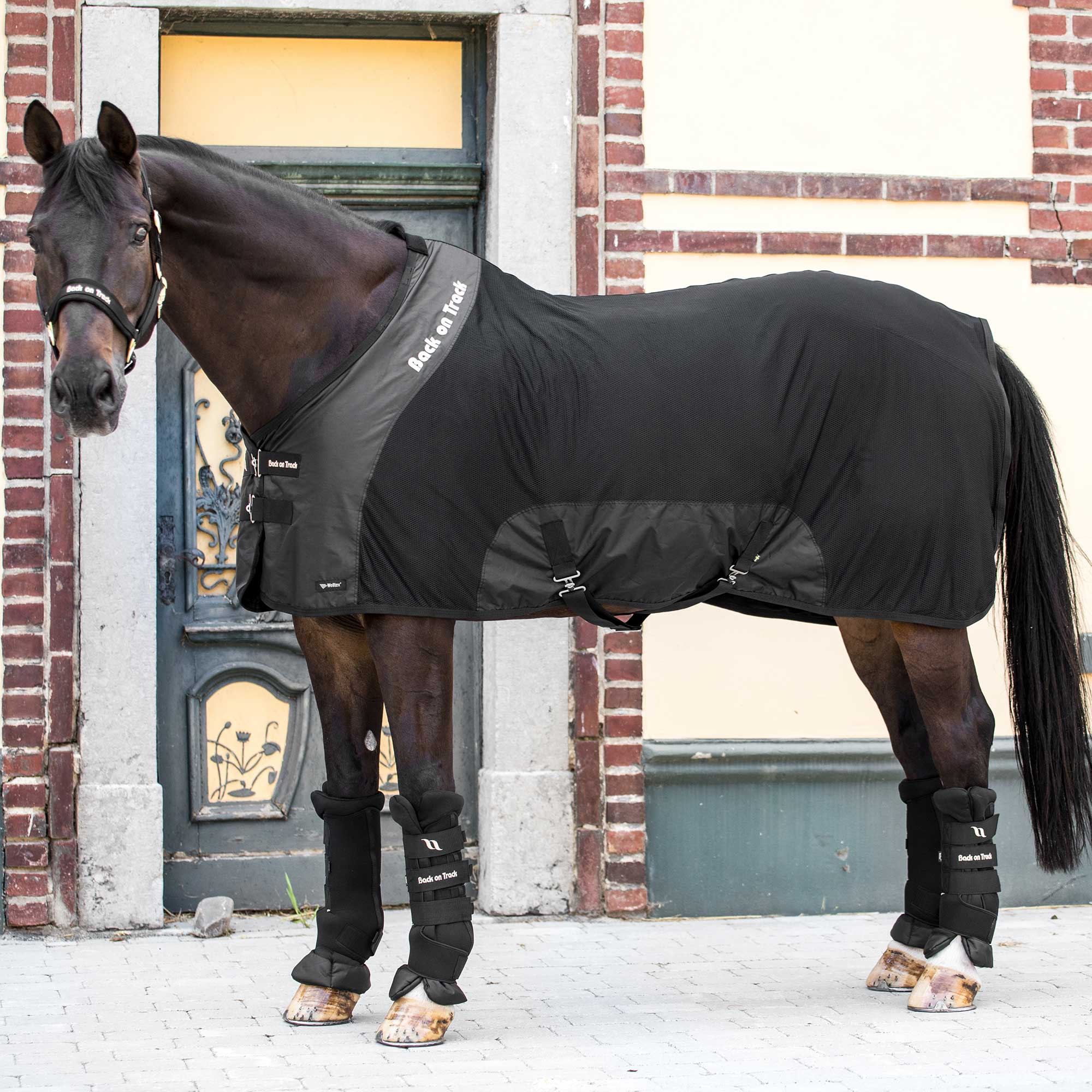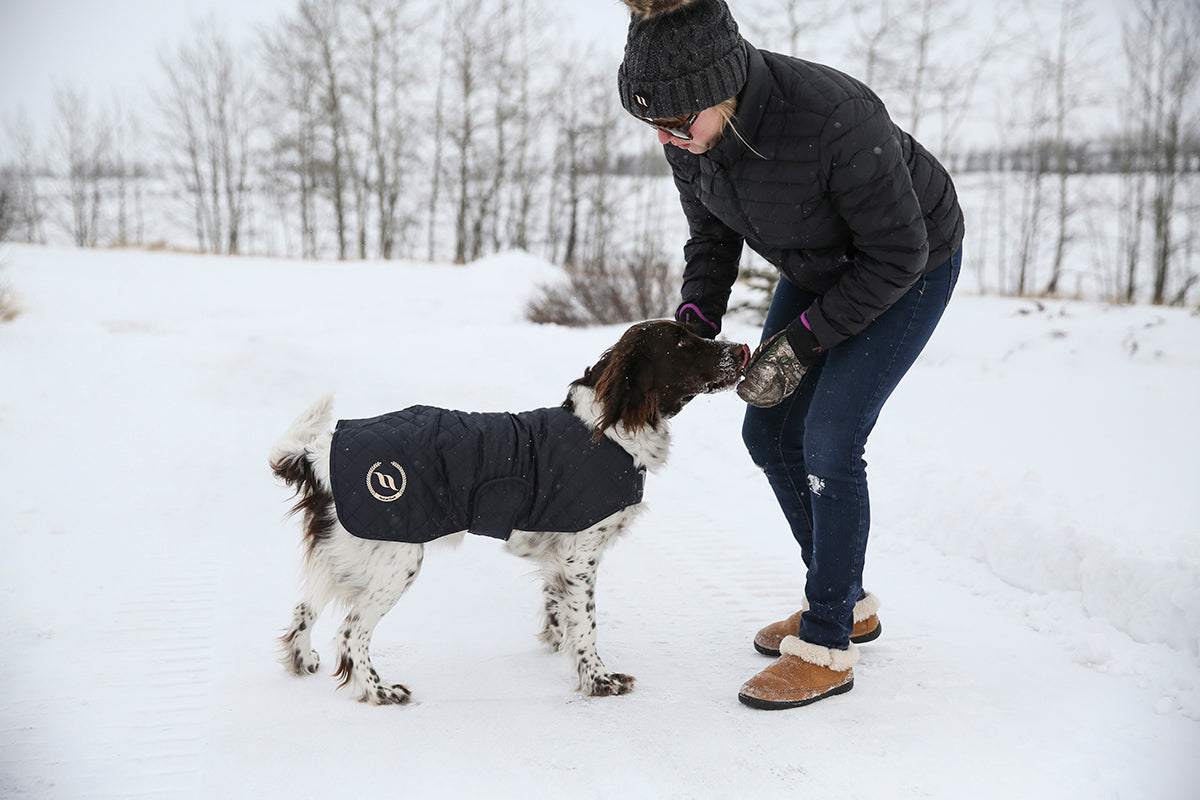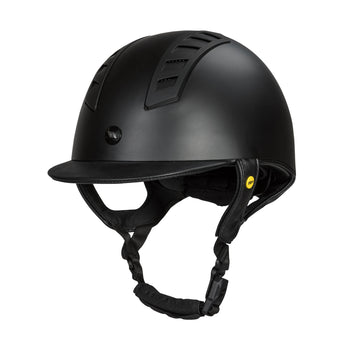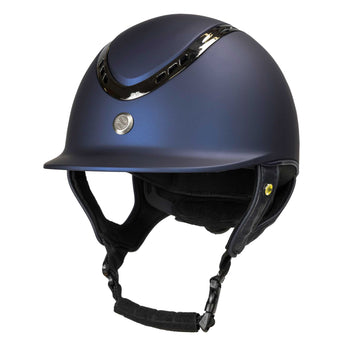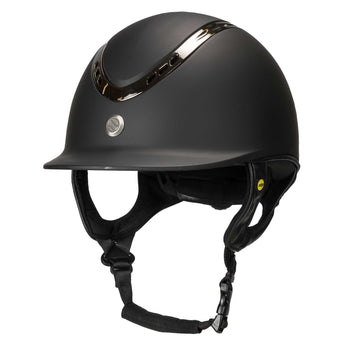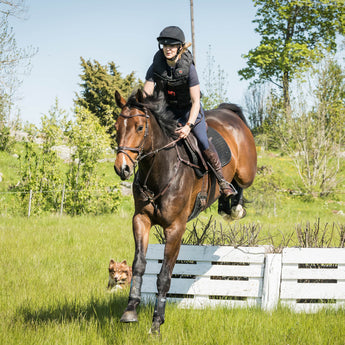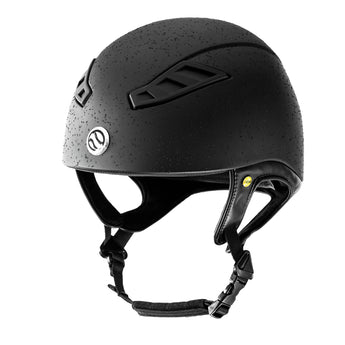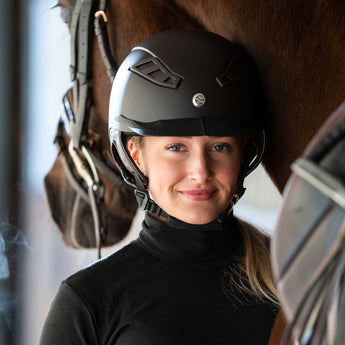Your riding helmet can't protect you effectively if it doesn't fit you correctly.
Fit and sizing are two of the most critical aspects of helmet safety. But there's more to the perfect fit than selecting the correct size.
This helmet sizing guide covers everything you need to know about how to fit your riding helmet. Keep reading to learn more about riding helmet measurements, sizing, and adjustments to find your perfect fit.
Helmet Size Measurements
Your helmet size is based on your head's circumference.
To determine your helmet size, use a soft measuring tape to measure the circumference around the widest part of your head. The tape should sit just above your eyebrows and ears.
Record the measurement in inches and centimeters. That measurement is your helmet size.
Some manufacturers use precise helmet sizes in inches or centimeters. Others offer helmets in small, medium, large, and extra-large. These helmets are typically adjustable and designed to fit a range of measurements based on the size chart provided by the manufacturer.
Riding Helmet Shape
Your helmet's shape must match your head for a correct fit.
Excess pressure on the forehead could indicate you need a more oval-shaped helmet. If your helmet does not quite come down on your head or fit snuggly and evenly, you may need a helmet with a rounder shape.
Back on Track offers Trauma Void helmets with oval, round, and universal shapes.
Oval Trauma Void Helmets:
Round Trauma Void Helmets:
Universal Trauma Void Helmets:
Fitting Your Riding Helmet
Always check the fit of your riding helmet after selecting the right size and shape.
A riding helmet with a perfect fit should sit comfortably on the head without pressing anywhere. Your helmet liner will mold to your head over time, so select a helmet that fits snugly without causing pressure points.
The helmet should stay firmly in place when you move your head, and the chin strap should fit comfortably under the chin.
You can check helmet fit with the help of a stay-tight test:
- Stand in front of a mirror and place both hands on the helmet.
- Gently rock the helmet back and forth.
- If the helmet fits properly, the skin on the forehead will follow the helmet when you wiggle it.
- If the helmet moves and the skin is still, the helmet is probably too big, or you have a helmet that is too oval for your head shape.
You can also check helmet fit using the traditional "shake test" by shaking your head up and down with the chinstrap unbuttoned. If the helmet stays in place, the helmet fits well. If the helmet falls off, the helmet is too big.
Adjusting Helmet Fit
Trauma Void riding helmet models have slightly different fits. Extra adjustability allows you to customize your helmet to fit your head better.
Some Trauma Void helmets have dial-fit systems or adjustable lace harnesses, enabling riders to fit their helmets tighter or looser.
Trauma Void Helmets With Dial-Fit System:
Trauma Void Helmets With Adjustable Lacing:
Trauma Void Helmets With Fixed Sizing:
Back on Track offers a wide selection of inner linings in different thicknesses for further customization. All inner linings are easily removable and replaceable.
Chin Strap Fit
The chin strap should be taut and lay correctly under the chin without sliding forward. It must be tight enough to lie still and secure the helmet, but it shouldn't cause discomfort.
Helmet chin straps fit well when you can slide one to two fingers between the chin and the strap. All Trauma Void helmets have a small triangle at the end of the chinstrap, which adjusts chin strap length to fit correctly under the chin.
Fitting Riding Helmets for Children
Changing helmets as children grow can be expensive, but adjustable helmets can help bridge the gap between helmet sizes. Size up so your child has room to grow, but ensure the helmet adjusts to your child's current size.
Do not compromise sizing or safety for your child's helmet. Poorly fitting helmets are a safety risk. Invest in an adjustable helmet with advanced protective technology and monitor the fit as your child grows.
Fitting Hair Under Riding Helmet
Your hairstyle can significantly impact helmet fit.
If you want to ride with your hair inside the helmet, you may need to size up to accommodate the hair. When shopping for a new helmet, always try on helmets while wearing the hairstyle you plan to wear while riding.
Adjustable helmets allow you to change your helmet's fit if you wear different hairstyles to ride.
Find the Perfect Fit With Trauma Void Helmets
Back on Track Trauma Void helmets come in different shapes, sizes, and styles to suit every rider.
No matter your helmet size or preferred style, every Trauma Void helmet offers advanced protection from cutting-edge technology, including MIPS.
Protect your brain with the safest helmets available and find your perfect fit. Discover which Trauma Void helmet is right for you.

